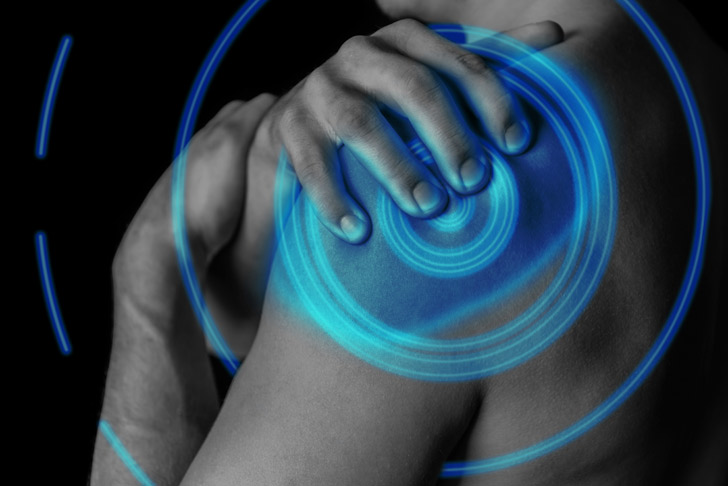If you twist your ankle during your evening run, the first thing everyone will tell you to do is “put some ice on it.” Why? It has been proven that cold slows down blood flow and circulation to an injury site, which in turn reduces pain, swelling and inflammation. Serious athletes and weekend warriors alike are all too familiar with using cold therapy to heal injuries and to recover after long runs, rides or training sessions. You may have even experienced more extreme measures of cold by using an ice bath or the cold plunge at your local gym. But there’s another method that works in a similar way that you may not have heard of yet. Cryotherapy. No, I’m not talking about freezing your body after death to preserve it forever. The official definition is the local or general use of low temperatures in medical therapy. The term “cryotherapy” comes from the Greek cryo meaning cold, and therapy meaning cure.
LeBron James and the Cleveland Cavaliers have been in the news for their use of the method, and celebrities have been posting pictures of themselves in the chamber on social media, but cryotherapy isn’t a new fad. In fact, history indicates that cryotherapy was used as early as the 17th century. Whole body cryotherapy has been used in Europe since the late ’70s for professional athletes, and Dr. Yamaguchi of Japan began using it for his rheumatoid arthritis suffers in 1978. The use of this therapy has been increasing in the U.S. for several years and is widely used for professional athletes, college athletes and serious fitness enthusiasts. It reduces inflammation at a systemic level, improving recovery time for athletes after training, acute injuries or surgery. It can provide much needed relief for those experiencing chronic pain, arthritis and even symptoms from Lyme disease. There is also an aesthetic part of the equation as whole body cryotherapy can improve collagen production, reduce cellulite and promote weight loss by increasing the metabolic rates of its users.
How does it work? The first thing to understand is that cryotherapy involves exposure to subzero temperatures; -235 to -250 F is the optimal temperature inside the liquid nitrogen cooled chamber. When skin is exposed to the extreme cold it constricts, sending blood to the core. The blood passes through the cardiovascular system where it is cleansed and nourished with oxygen. The important factor is that it is a dry cold, and you are only in the chamber for two to three minutes per session. The key term dry cold, meaning you must be completely dry before entering the chamber (no sweat and no body lotions or oils of any kind on your skin), is what makes it different from other types of cold skin exposure. Unlike with wet cold therapies, the core boy temperature does not drop using the cryotherapy chamber.
You can get better results with a few minutes in the cryotherapy chamber than sitting in a cold plunge pool for much longer — and it’s more tolerable, too. The whole process takes less than 10 minutes, Robyn Szabo, a partner for Gainesville Cryotherapy, estimated. There is no need to shower or redo your hair after a treatment session. Clients simply come in at their appointed time and put on the provided (and mandatory) gloves, socks, slippers and cotton briefs for men. Then they go into the chamber, which goes from the shoulders all the way down to the toes, and stay in for two to three minutes, as recommended. There is always an operator present during the treatments for safety and efficacy. Then, after the recommended time is up, the client may be on his or her way. The number of treatments required depends on the client’s specific needs.
Cryotherapy is not for everyone. Anyone 14 years of age or older can utilize this treatment with the exception of those with high (or low) blood pressure or those with a pacemaker. Those who are pregnant or have a history of seizures should not use cryotherapy as extreme temperatures are contraindicated with those conditions. As with any treatment, there are mild side effects such as a mild fluctuation in blood pressure (which returns to normal once out of the machine), skin redness and claustrophobia. As always, check with your doctor before starting any new health regimen.

